1. Robotic Dogs Show Real Emotion

Robotic dogs like Sony’s Aibo are doing more than mimicking movement; they’re showing what feels like genuine emotion. They wag their tails, make happy noises, and even learn tricks over time. Thanks to AI and cloud connectivity, Aibo can detect your smile and change its behavior accordingly, growing more responsive the more you interact. What’s beautiful here is that these robot dogs create a sense of companionship; without barking or shedding. They “learn” their owners, responding to praise by becoming more playful, much like a living pet. It’s this emotional learning that’s captivating many homes in Japan.
2. Combating Loneliness in the Elderly
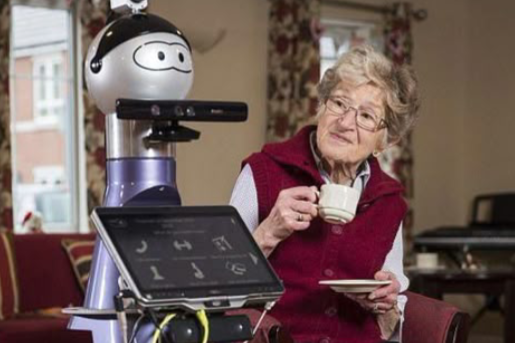
Elderly people in Japan are finding comfort in robot companions, and many have seen reductions in loneliness and anxiety. Studies show that therapeutic robots like Aibo help mitigate dementia symptoms by prompting interaction through singing, dancing, and conversation. In geriatric wards, patients who once interacted only minimally began talking, smiling, and caring for Aibo; even dressing it; showing that humans can form bonds with machines when emotional needs are met. It’s proof that in the absence of a real pet, a mechanical friend can still reach the heart.
3. Name Recognition and Responsive Actions
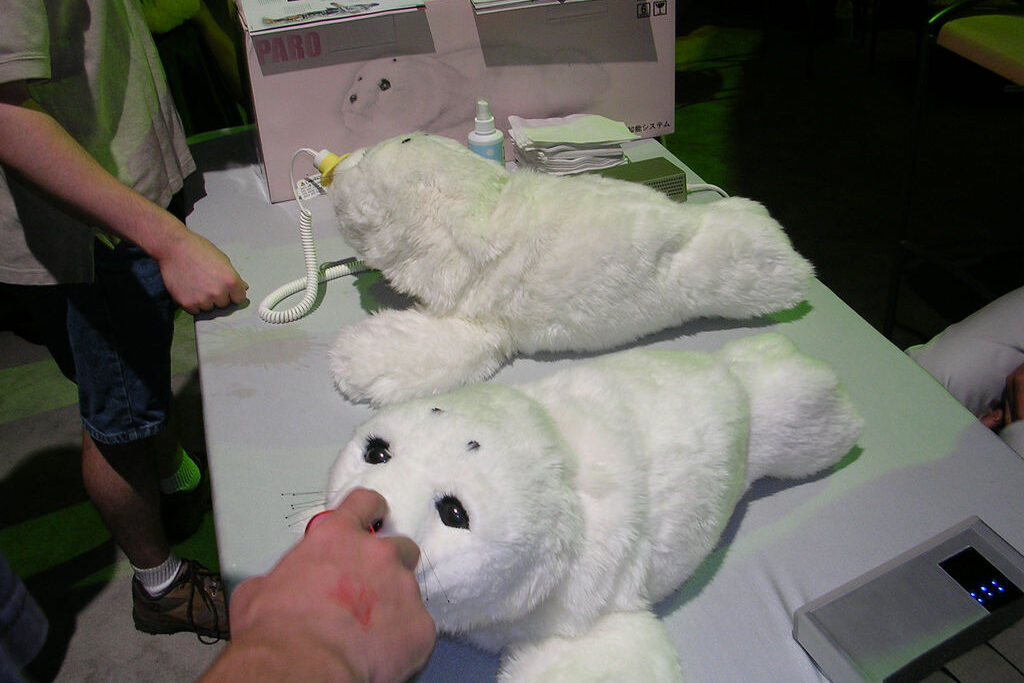
Some robot pets go beyond cuddles; they recognize your voice and respond to your name. Paro, the seal robot, is designed to perceive sounds, recognize names, and even detect touch with sensors in its fur. The incredible result: they respond to their name, make eye contact, cuddle when petted, and even sleep when it’s time. For people who live alone, having a companion that “knows you” brings a soothing layer of routine and comfort.
4. Elder Care in a Shrinking Society
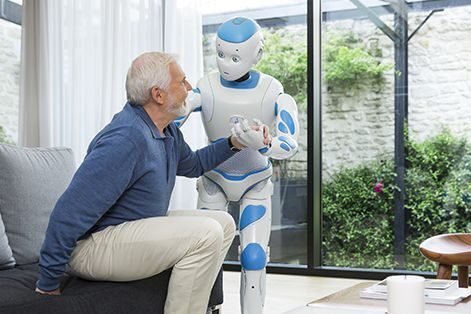
Japan’s aging population and declining birthrate are fueling demand for mechanical companions. With fewer caregivers and more older adults living alone, robotic pets are filling a social gap. These mechanical companions need no food, grooming, or vet visits and are allowed in hospitals and nursing homes where real animals are often banned. They don’t just replace pets; they provide support, interaction, and a sense of living presence without the usual constraints.
5. Heartbeat Bots Feel Almost Alive

Robots today can simulate more than just movement; they mimic life itself. Some advanced models gently rise and fall as though breathing, and even pulse with heartbeat-like vibrations when cuddled. This subtle realism transforms them from mere gadgets into comforting companions. Imagine stroking a robot dog that feels like your own heart is softly beating beneath your hand. It’s this lifelike presence that bridges the gap between machine and living friend.
6. Funerals for Fallen Friends

Yes, you read that right; families sometimes hold funerals when their robot pet “dies.” In Japan, communities gather at Buddhist temples to commemorate Aibo dogs, complete with incense, prayers, and even sorting of remains. These ceremonies aren’t theatrical; they’re heartfelt and genuine. They show how deep the human–robot bond can run, with owners grieving as if they’d lost a beloved living pet. This kind of ritual marks how we’re learning to see machines not as tools, but as entities that earn a place in our emotional lives.
7. Kids Learning Kindness
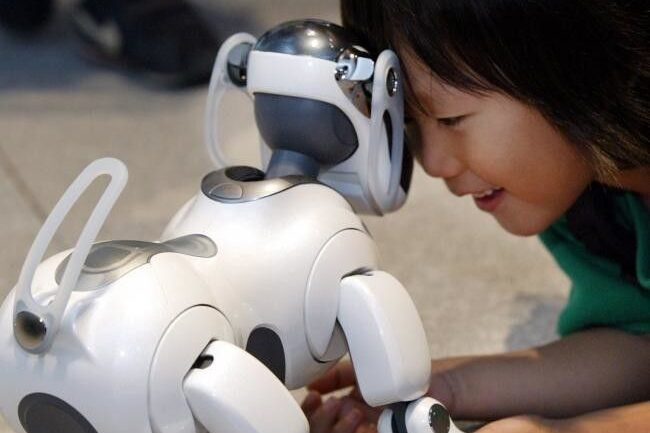
Children are embracing these companions like educators in fur. Robot dogs, cats, and even seals provide a safe way for kids to practice empathy, responsibility, and communication; without the mess of real pets. By feeding, naming, and caring for a gentle mechanical seal like Paro, children learn nurturing habits. They build confidence in interaction; an especially meaningful lesson for kids who might be sensitive, shy, or anxious around living animals.
8. Mood-Boosters in Dementia Care
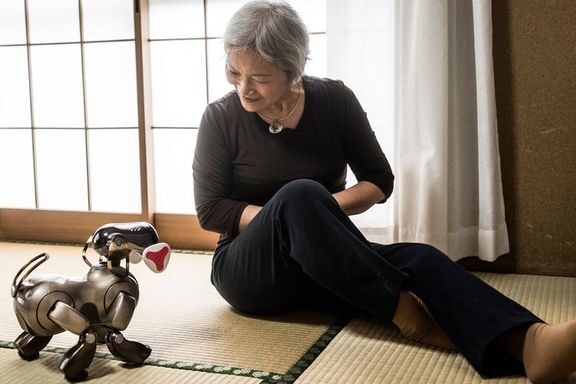
Therapy pets go high-tech: robotic cats and seals are used in dementia wards and care homes with notable success. One study found robotic cats improved mood and cognition scores, prompting smiles and conversation. In these settings, the robots also reduce agitation and make patients more engaged. Caregivers observe residents cuddling them, sharing stories with them, and finding calm in their presence. It’s clear; these machines bring joy where human care sometimes struggles.
9. Upgrades That Blur Machine & Pet

From Sony’s latest Aibo to Casio’s new fluffy Moflin, the tech keeps evolving; and so does our emotional connection. The updated Aibo walks more quietly, dances expressively, and recognizes faces and voice commands thanks to advanced reinforcement‑learning AI. Meanwhile, Moflin, introducing AI-driven companionship for about £400; mimics emotional responses that captivate users young and old, offering not just novelty but meaningful comfort. With each new model, the line between gadget and genuine pet feels thinner. They’re not just programmable toys; they evolve, understand, and feel “real” in our lives.
This story Meet the Mechanical Companions Replacing Real Pets in Japan was first published on Daily FETCH


